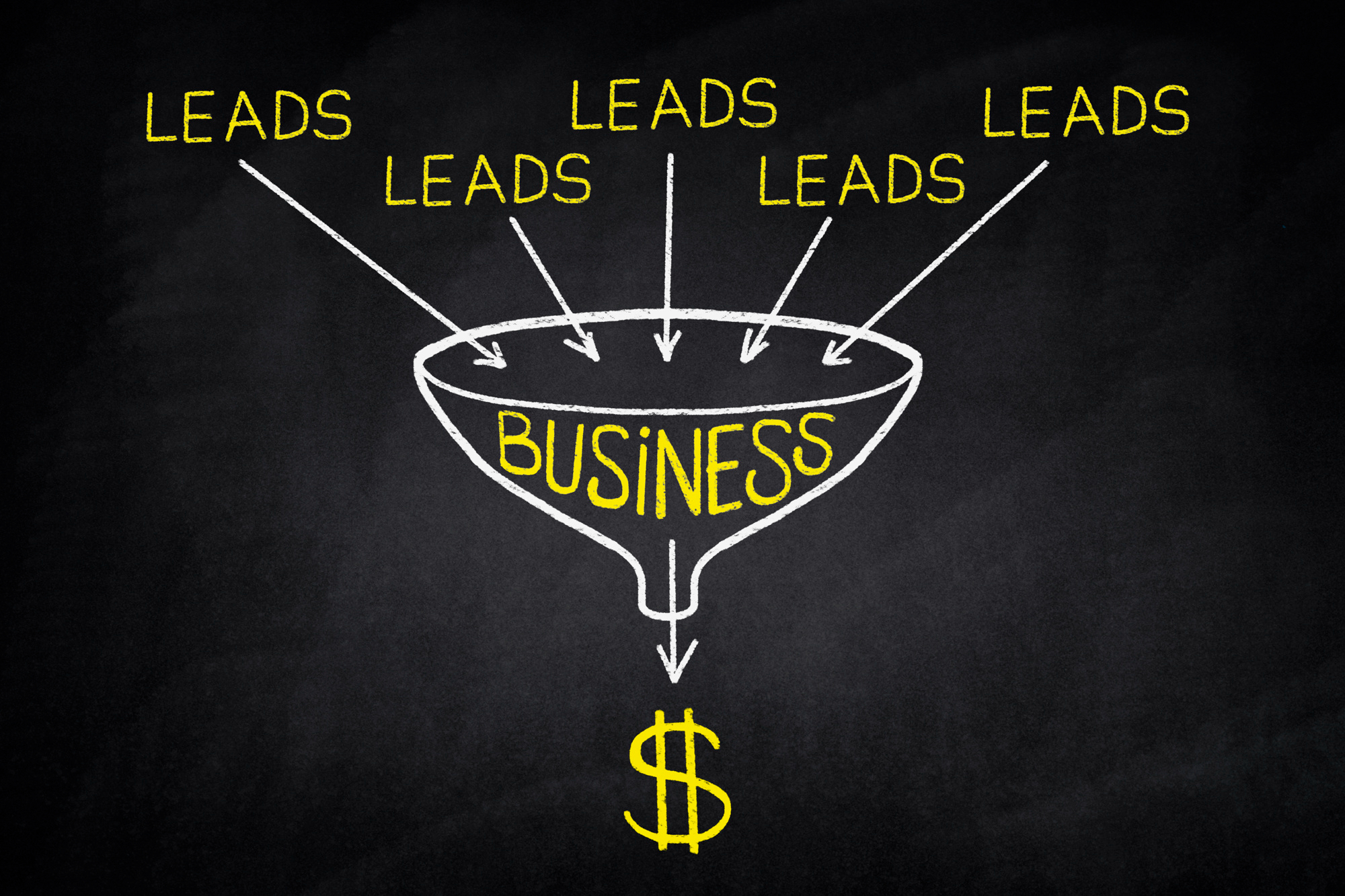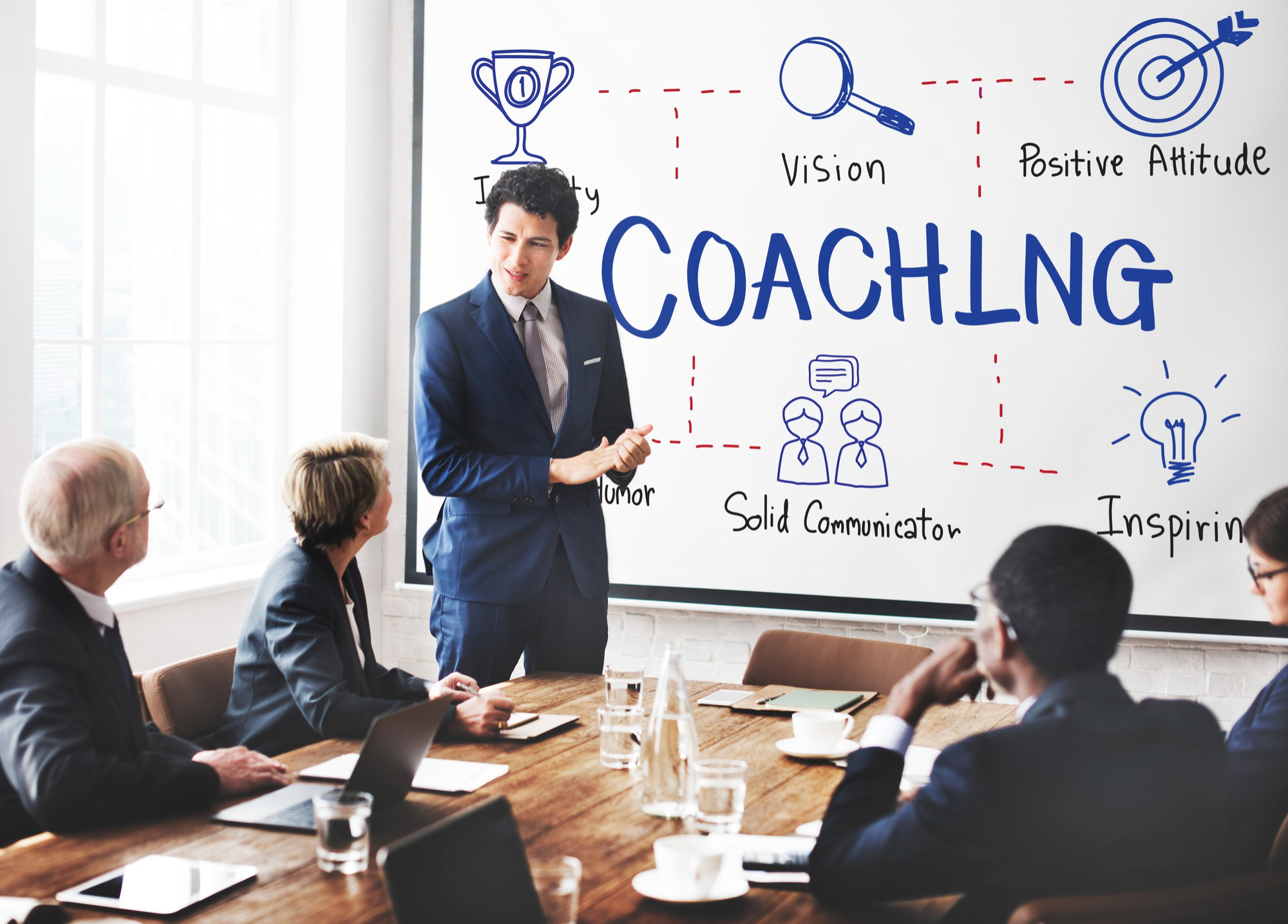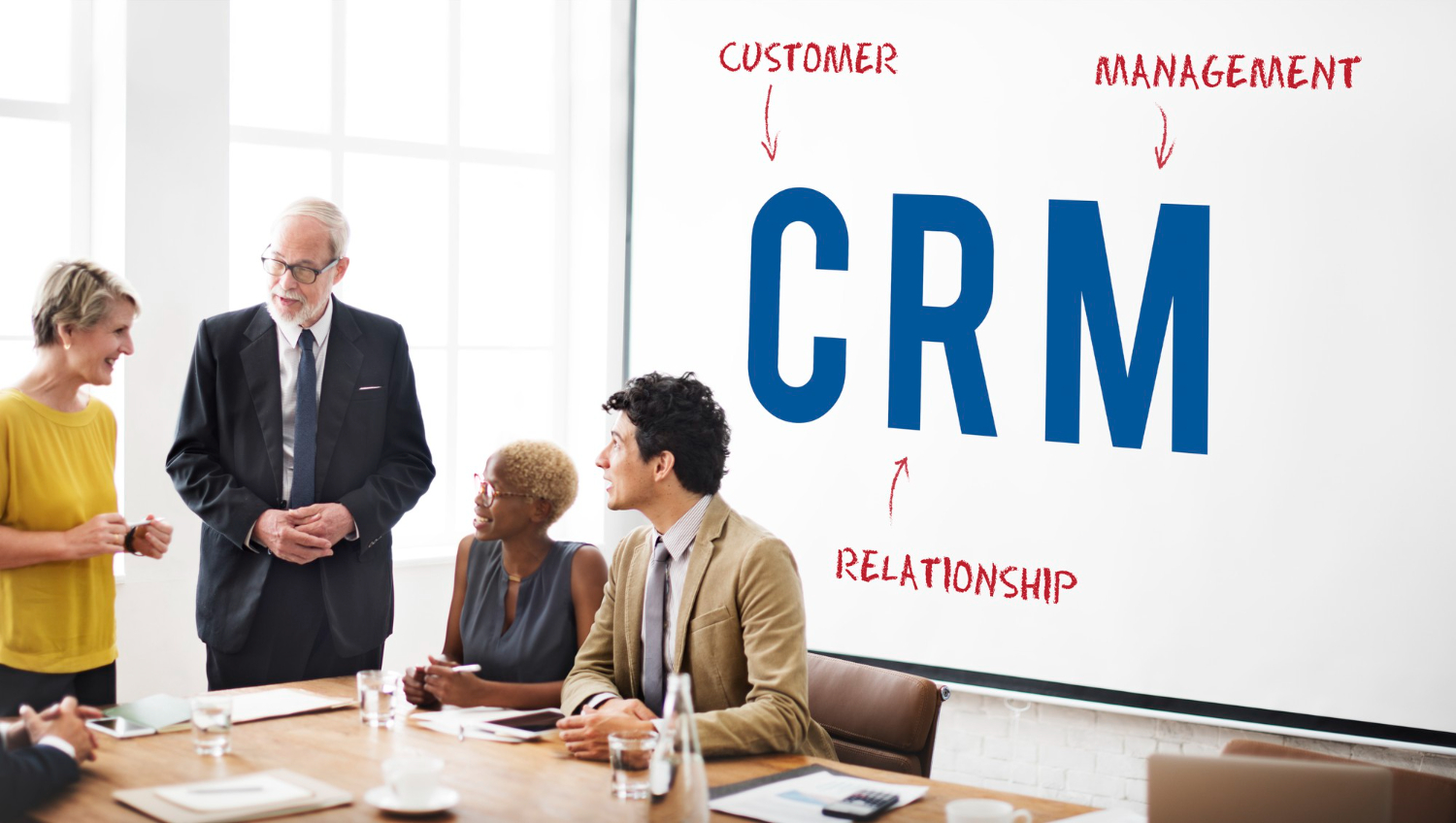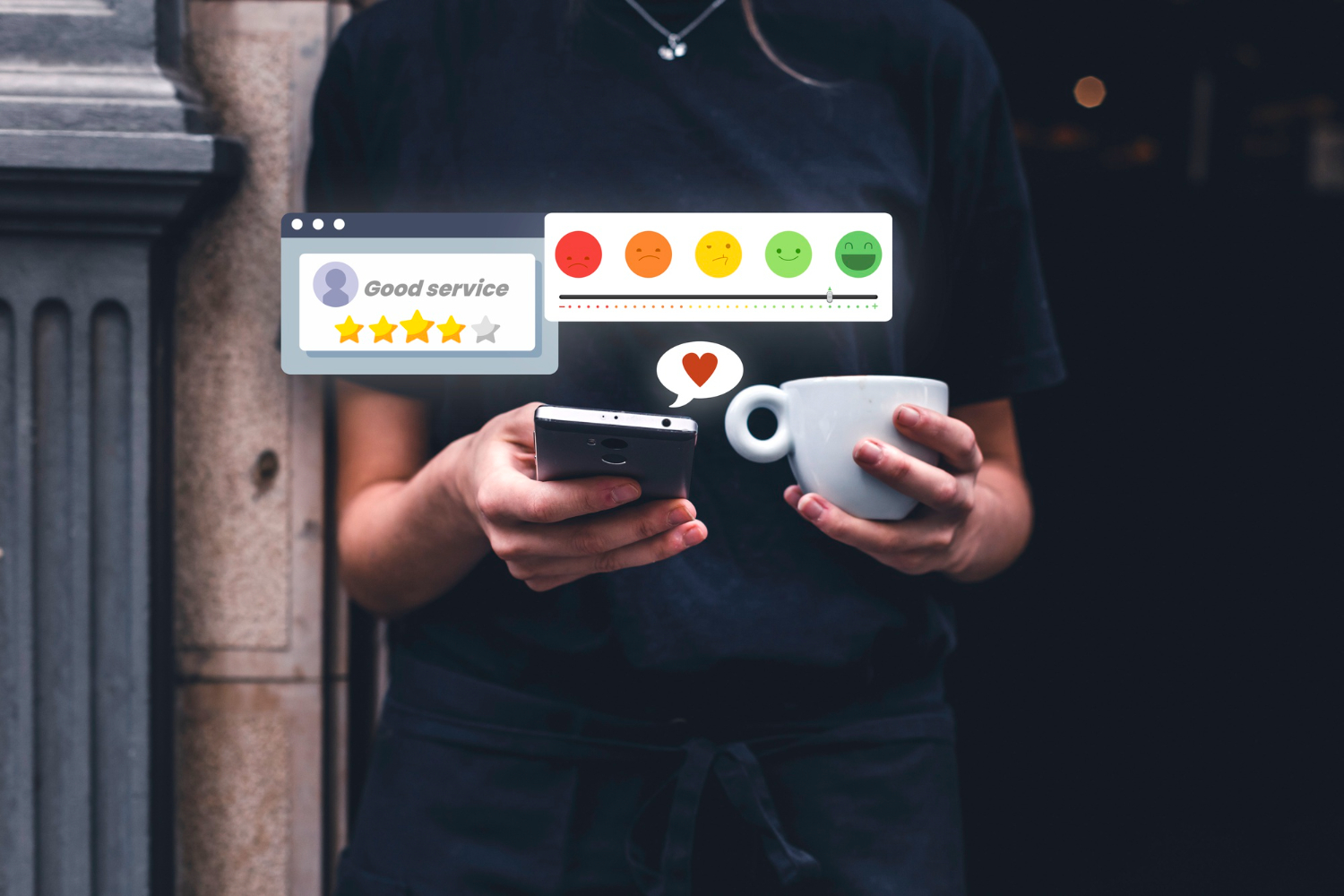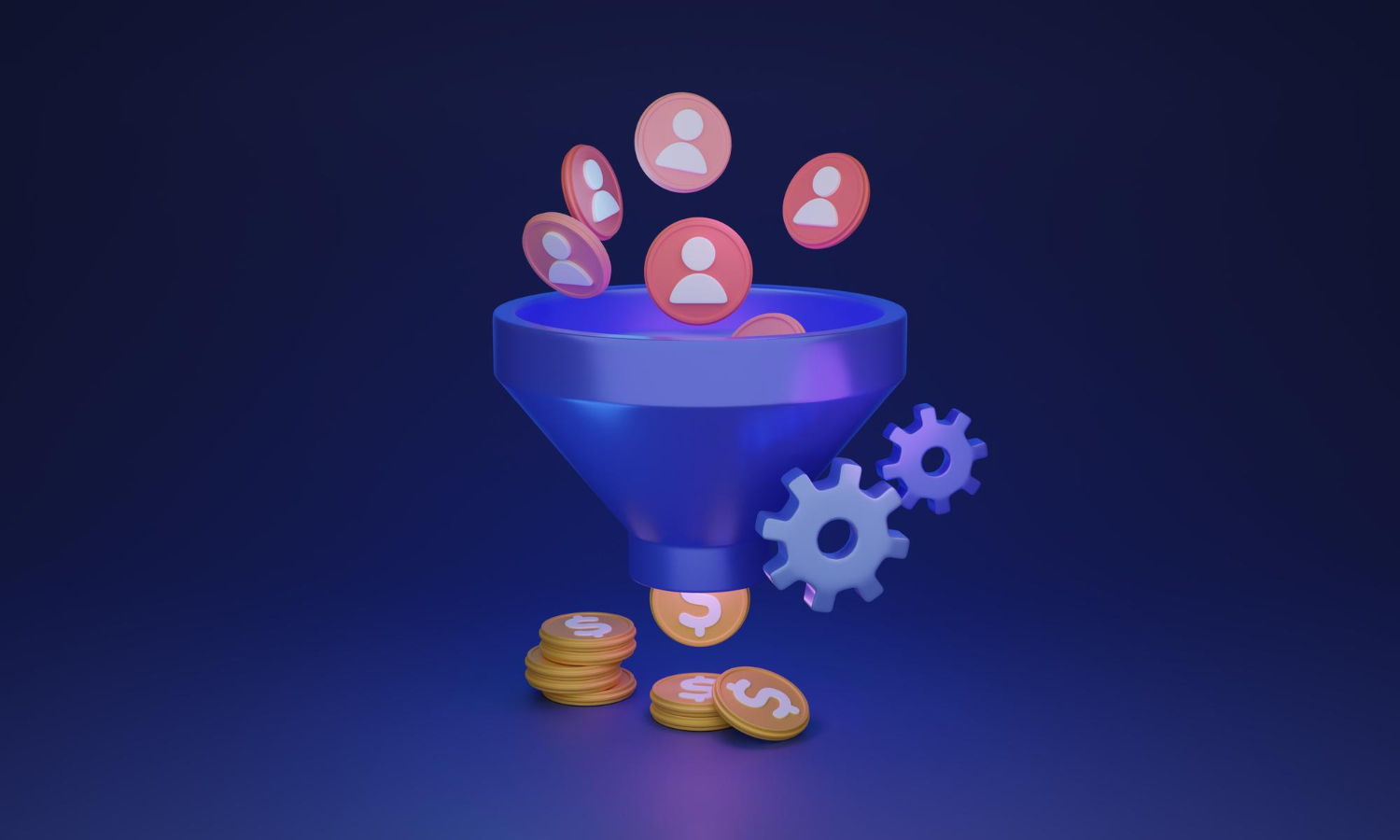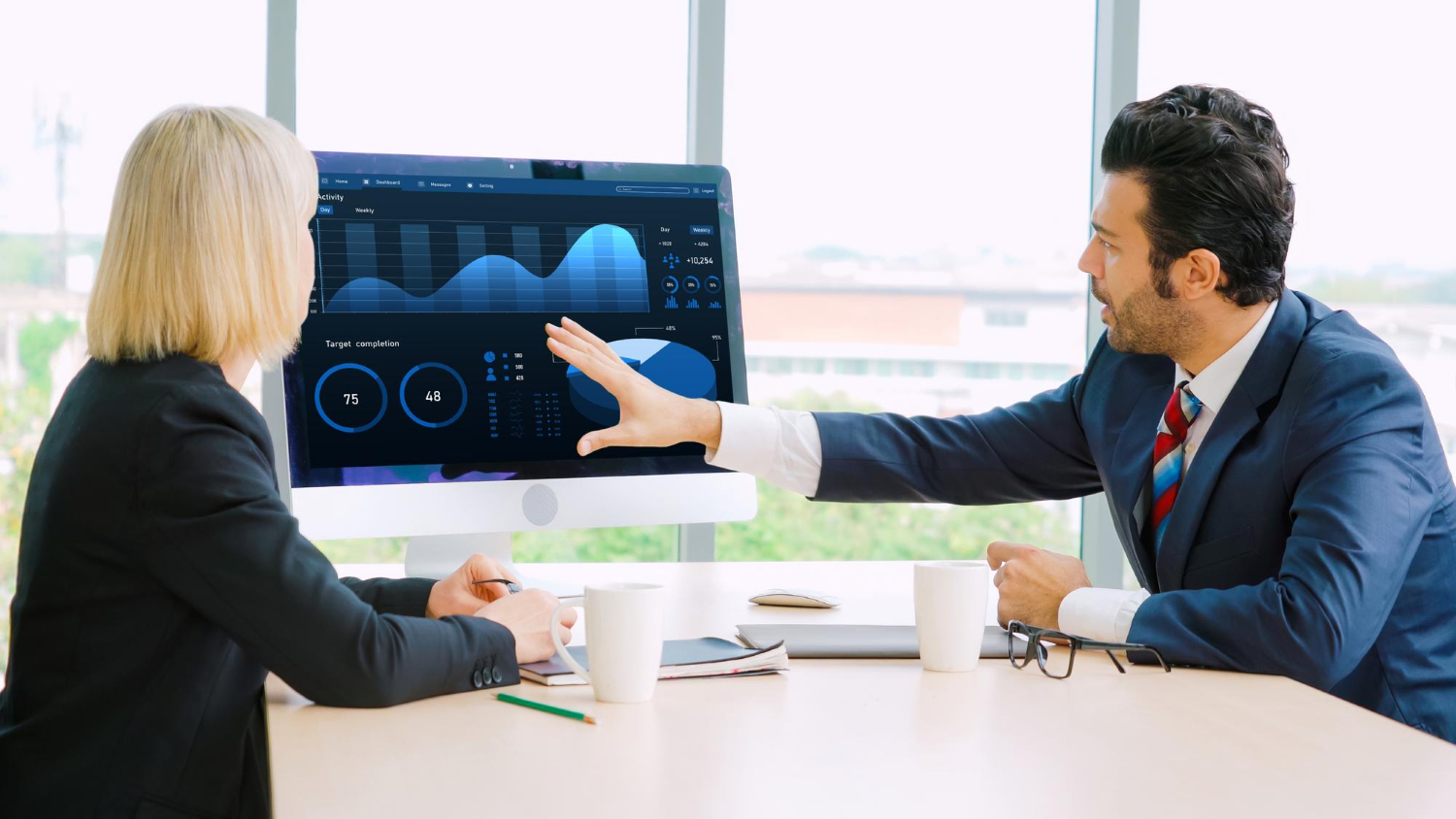A sales funnel is a clear reflection of the health of your business. Let us see how valuable a sales funnel is for sales professionals, how it should be the go to, to improve conversion rate and customer interaction. Each stage in the sales funnel reflects the impact of your customer behavior.
WHAT IS A SALES FUNNEL?
In our previous article on Perspective in Selling, we’ve briefly brushed on the relationship of the Sales Process and the consumer buying process. It is accurate to say that a Sales Funnel is a representation of the customer journey and thus has to be customer-focused from end to finish.
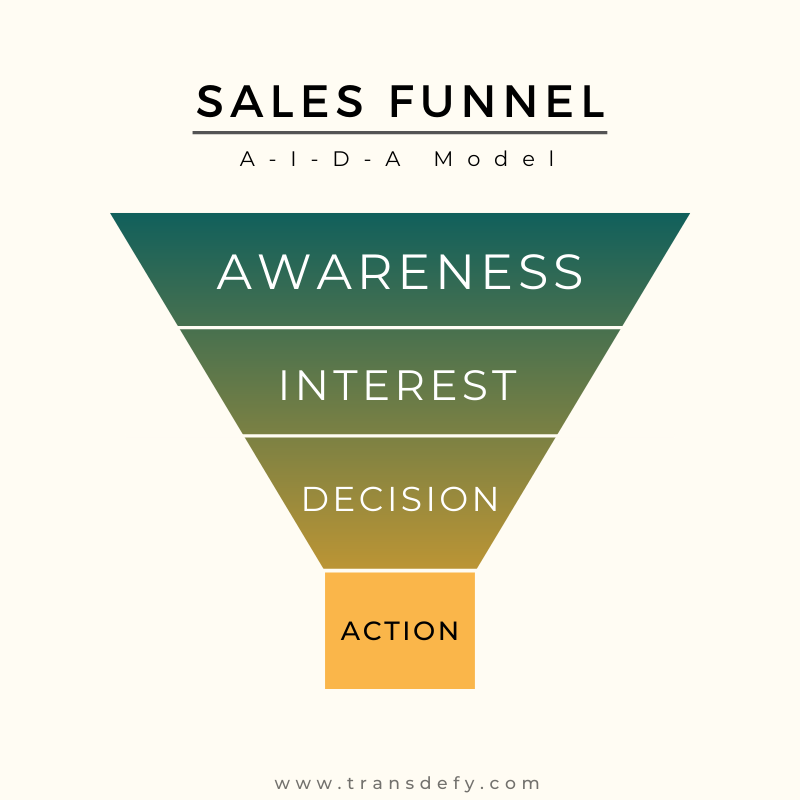
sales funnel is also a customer funnel. Sales teams use this as a tool to derive strategies to intercept our customers in their journey by giving them value and solutions at each stage. It is the process of making them aware of our business and the solutions we have to offer, developing their interest to choose us and their desire for the product and services and finally letting them take the action which is to buy.
The illustration below shows the relationship of a sales funnel and the customer journey.
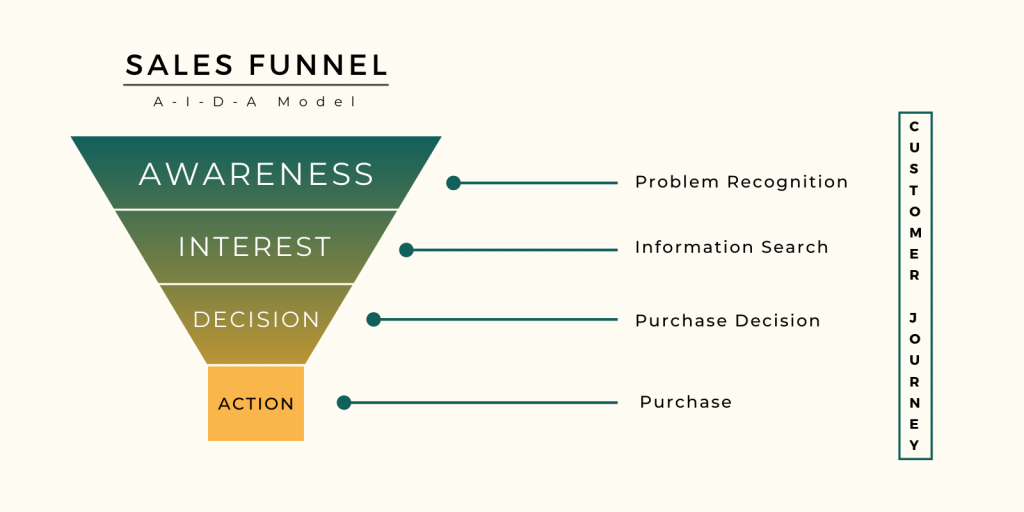
Marketers and sales professionals have noted the changes in the buying behavior of customers. This is why there had been quite a few evolution of the sales funnel that we know today. Let us have a quick run through the previous versions of a simple sales funnel before we jump on funnel building to support your sales pipeline.
The illustration below shows the relationship of a sales funnel and the customer journey.
WHAT IS YOUR SALES FUNNEL LIKE? : THE EVOLUTION OF SALES FUNNELS
THE QUANTITY FUNNEL
This sales funnel, as suggested by the name, gives more importance to the quantity of leads rather than the quality. Filtering the qualified and unqualified is done as the process goes further down the funnel. This model is very simple to apply yet it has many loopholes because it ends at the purchase and doesn’t support retention of customers.
This type of funnel is where most of the models used today are derived from, including the widely used AIDA(Awareness, Interest, Desire, Action) model. The good thing about this newly evolved funnel is that it is no longer focused on only getting huge quantities of leads from the beginning but it places importance on the quality of leads gathered as well.
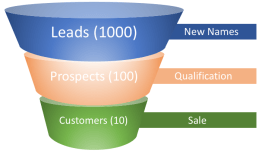
The Simple Sales Funnel
THE HOURGLASS FUNNEL
The hourglass type of conversion funnel has gone further than the pre-purchase stage. It takes into consideration the experience of the customers even after they have purchased the solution to their problem. Its goal extends from just nurturing a loyal customer to converting them as advocates of the brand or the business.
This type of funnel is where most of the models used today are derived from, including the widely used AIDA(Awareness, Interest, Desire, Action) model. The good thing about this newly evolved funnel is that it is no longer focused on only getting huge quantities of leads from the beginning but it places importance on the quality of leads gathered as well.
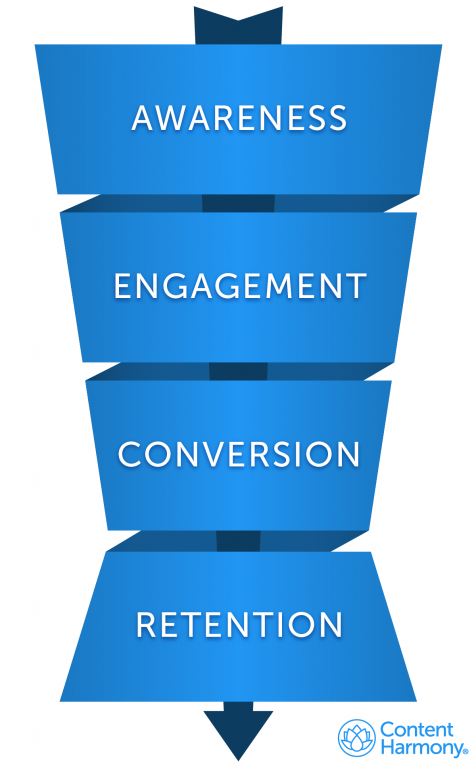
The Hourglass Sales Funnel (Content Harmony)
THE SALES LOOP
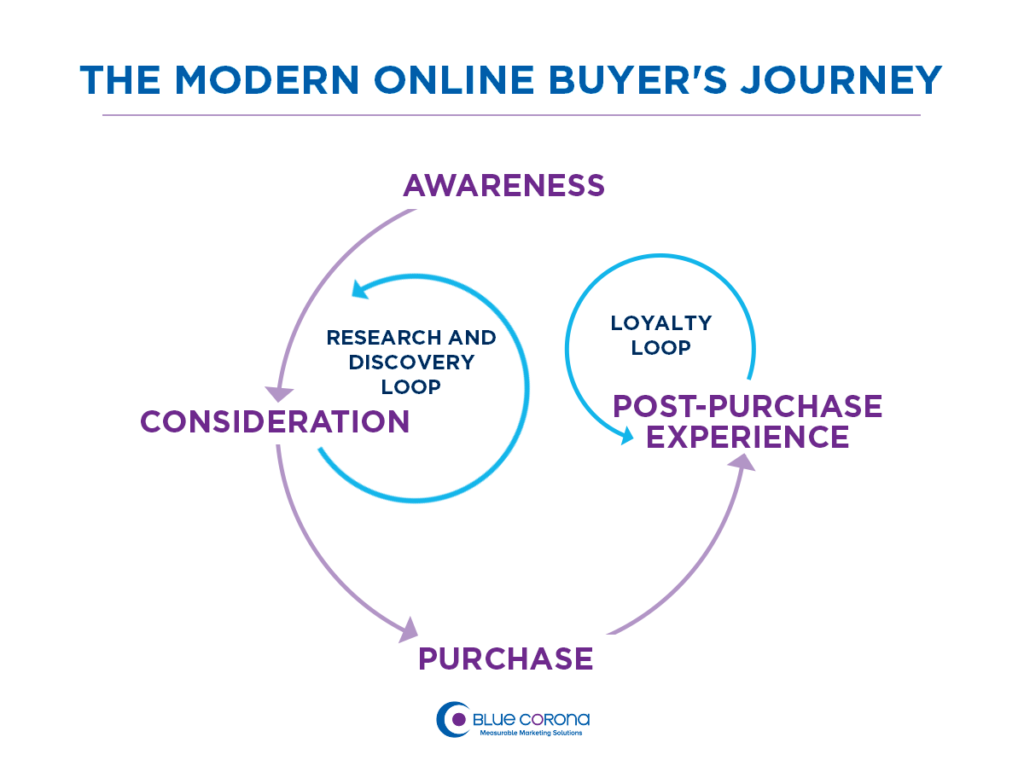
As obvious as it is, this funnel evolution is not really a funnel but a loop. The Sales loop recognizes that the sales process is not a closed ended journey for both the seller and buyer. It is also not linear. Inside the modern sales loop are other loops. It is not just about being a qualified or unqualified; readiness of the lead to buy or openness to even hear from a salesperson are also factors.
As many as 73% of leads are not even ready to be sold to.
Across different industries and nature of business, sales funnels are not going to be the same. It comes down to what your organizational goals & objectives are in designing a sales funnel that converts.
This type of funnel is where most of the models used today are derived from, including the widely used AIDA(Awareness, Interest, Desire, Action) model. The good thing about this newly evolved funnel is that it is no longer focused on only getting huge quantities of leads from the beginning but it places importance on the quality of leads gathered as well.
HOW IS A SALES FUNNEL HELPING SALES PEOPLE?
- The integration of sales and marketing through a sales funnel helps provide stronger insights for sales professionals to know more about their customer’s perspectives. It should be remembered that at each stage, the whole intent of successfully sliding traffic and leads down the funnel revolves around their buying behavior.
- An effective implementation and management of a sales funnel makes sales forecasting more accurate. The conversions happening at each level can be provided by a well-tracked sales funnel. Figure below shows the percentage of how many people went down the funnel after they opened an email campaign., how many clicked on the link and until how many actually bought the product.
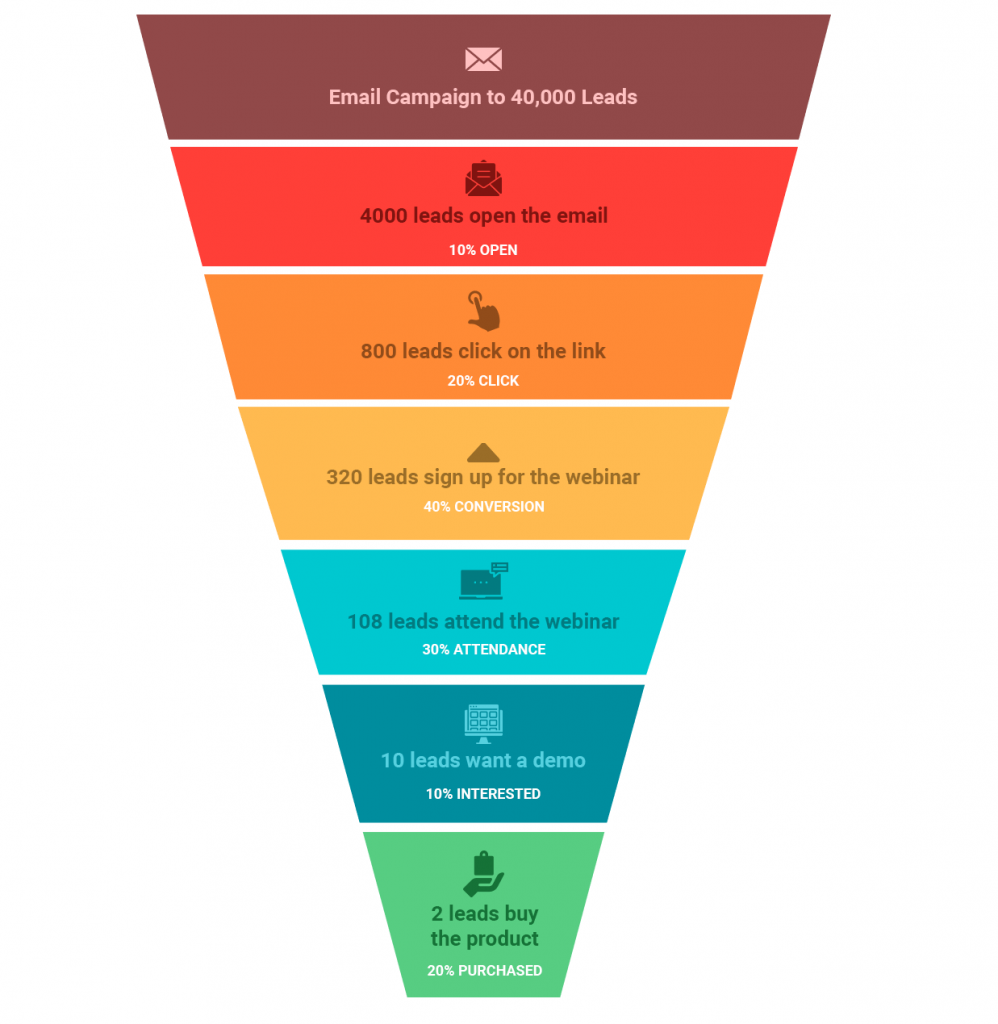
This is valuable data to consider when setting and forecasting your sales team’s target figure. Meaning, in order for a salesperson to convert to an X amount, their sales funnel must first capture a Y amount of traffic.
- Sales funnels are made to improve conversion rates. Imagine if a large quantity of traffic and leads fall down on the lap of a salesperson, it sure sounds like heaven-sent but in reality, high quantity but low quality leads to nurture only takes away time from a salesperson to actually pursue a customer who is interested, capable and ready to buy. Sales funnel increases opportunities for salespeople to convert better.
- Sales funnel is a strategy that can be replicated. By taking a closer look at how well your team’s conversion funnel is doing, sales teams can take away valuable tactics to support the pipeline strategy. These tactics are replicable and usable for as long as they work and thus enables a clearer path for all salespeople to follow.
CONCLUSION
Sales funnels are different per organization but despite that, all sales people will find this beneficial because this is an added insight to their knowledge of their customers.
Let’s have a quick look at how your organization can create or redesign a sales funnel so that it won’t only capture huge traffic but also make it easier for sales people to convert them as paying customers therefore increasing deals and profit:
- Identifying which type of sales funnel suit your business goals is the first step to create a sales funnel that converts.
- Follow how your target audience or customers are making their buying decisions. Each step down the line, all your efforts have to be customer-centered.
- Strategize for each stage of the conversion funnel. Knowing where your audience and future customers are within the process, you will be able to craft the value they will embrace
- Most importantly, salespeople should use this tool to extract so many useful data about their customers, their behavior, their motivation to goin and out of the funnel, how to approach their needs and eventually, how to get them to buy.






